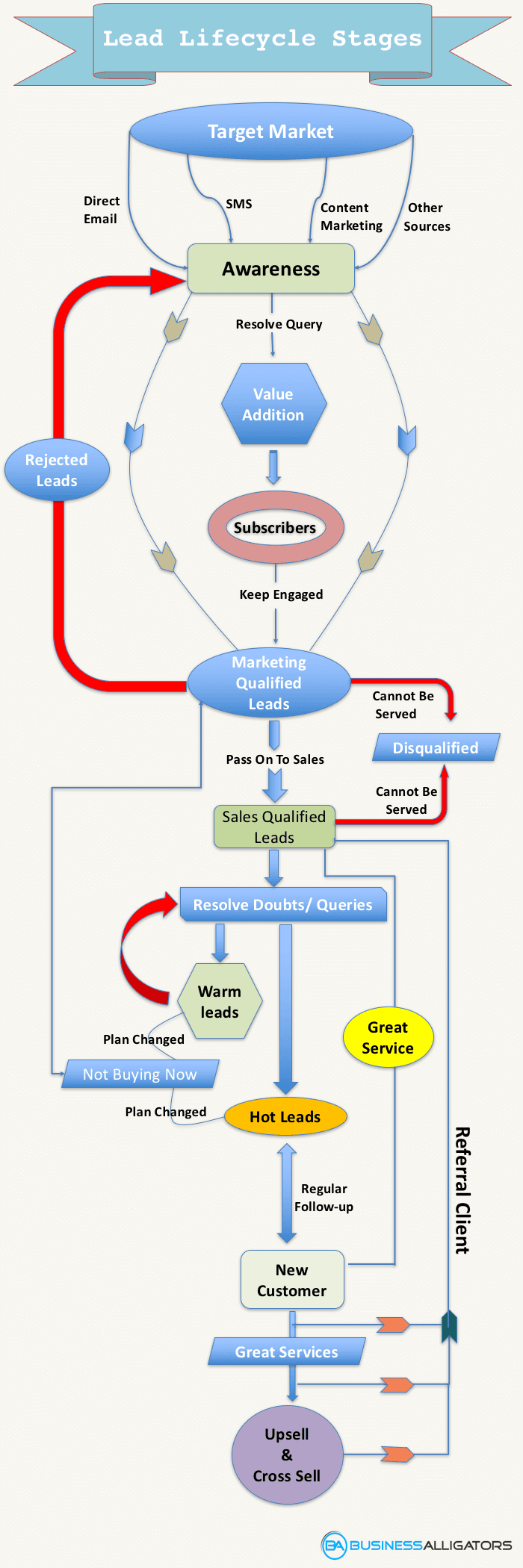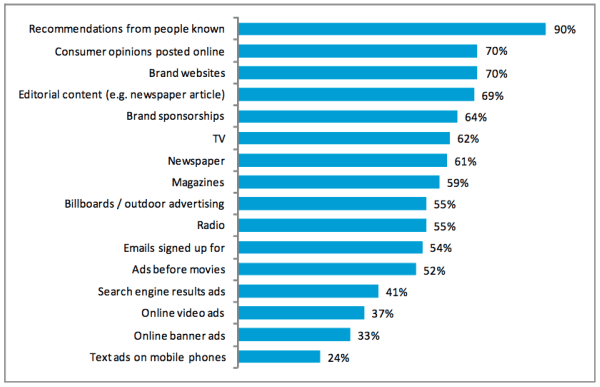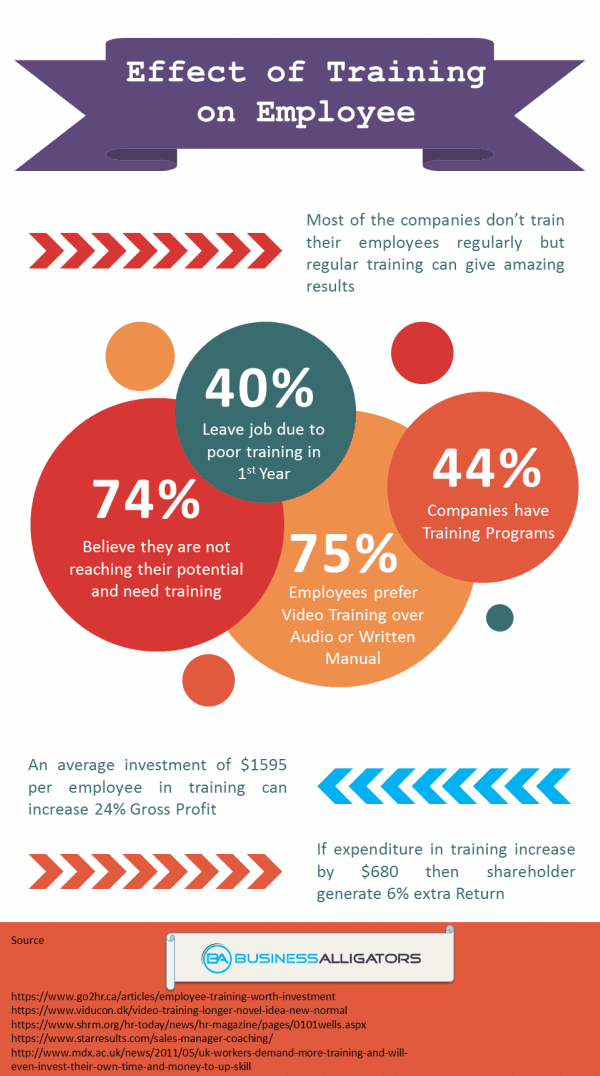If you want to increase profits in your business(es) then first you need to understand that “Increase in Revenue” is completely different from “Increase in Profit”. It may sound contradictory in some cases, but it’s not.
First things first- let’s clear the difference between these two and how is it possible that an increase in revenue does not result in an increase in profit.
Let’s take an example that you operate a retail store in which you only sell t-shirts. The selling price of each t-shirt is Rs 1000. Every month you sell 100 such t-shirts which generate a revenue of 100*1000= Rs 100,000. In the whole process of selling 1 t-shirt, you spend Rs 400 as an expense. So total expenditure would be 100*400= Rs 40,000. So your net profit would be Rs 6000.
Now, in the holiday session, you put a discount of 50% on your t-shirts which will increase your sales by 250%, i.e. now you are selling 250 t-shirts in a single month. From far it seems that I have made a huge profit but this not so, let’s check the calculations:
| Revenue and Profit Table | ||||||
| Formula Used | ||||||
| Total Revenue = Price of 1 T-shirt * Total T-shirt | ||||||
| Total Expense = Expense of 1 T-shirt * Total T-shirt | ||||||
| Profit = Total Revenue – Total Expense | ||||||
| Scenario 1- No Discount | ||||||
| Scenario 2- 50% Discount, 250% Sale | ||||||
| Price of 1 T-shirt | Total T-shirt Sold | Total Revenue | Expense on 1 T-shirt | Total Expense | Profit | |
| Scenario 1 | 1000 | 100 | 100000 | 400 | 40000 | 60000 |
| Scenario 2 | 500 | 250 | 125000 | 400 | 100000 | 25000 |
In scenario 2, where we sold 150 extra t-shirts our revenue is 25% extra than scenario 1 but when it comes to profit it is not even half of the profit from scenario 1.
I hope now you are clear on both the terms. Though this result doesn’t mean that one should not focus on increasing the revenue, but because this article is not about when to raise revenue and when to raise profit so let’s only concentrate on how you can increase your business profits in no time, step by step.
So far, we have learned that Profit= (Revenue) – (Expense).
So with this formula, we get 3 situations applicable to increase profit. Also, there is one additional way of doing so.
- Increase revenue and keep the expenses constant or comparatively lower.
- Keep revenue the same but reduce the expenses.
- Increase revenue and decrease expenses.
- Reduce taxes.
Now if we observe these 4 points properly, we’ll notice that all these points involve a complete business roadmap which means we can alter any part of the business roadmap to get the required results. But yeah, alterations should be made carefully as it may lead to negative results also.
So to ease the whole situation, I am sharing 12 actionable steps that you can apply to your business and can easily increase your profits:
1. Increase Price
I know, if you increase the selling price, there is a great probability that the sales will go down. So while increasing the price do your necessary research. First, get an idea of how tough is the competition between you and your competitors. Second, do you even have some scope of price increment? Also, make an analysis of how much sales drop you can bear to sustain the same profits.
I am taking the same example to explain it in a better way.
| Price of 1 T-shirt | Total T-shirt Sold | Total Revenue | Expense on 1 T-shirt | Total Expense | Profit | |
| Scenario 1 | 1000 | 100 | 100000 | 400 | 40000 | 60000 |
| Scenario 2 | 1500 | 100 | 150000 | 400 | 40000 | 110000 |
| Scenario 3 | 1100 | 90 | 99000 | 400 | 36000 | 63000 |
| Scenario 4 | 1200 | 80 | 96000 | 400 | 32000 | 64000 |
| Scenario 5 | 1300 | 70 | 91000 | 400 | 28000 | 63000 |
| Scenario 6 | 1400 | 60 | 84000 | 400 | 24000 | 60000 |
| Scenario 7 | 1500 | 50 | 75000 | 400 | 20000 | 55000 |
Here, I have taken 7 different scenarios for different situations where the expense rate is similar though it will reduce in real life when sales go down but it would be really tough to bring such things on paper.
In scenario 2, price increases by 50% where sales remain the same, in 3rd case price increases by 10% and sales drop by 10%, in 4th scenario price increases by 20% and sales drop by 20%, in 5th scenario price increases by 30% and sales go down by 30%, in 6th case price rises by 40% and sales drop by 40% and in the last scenario prices go up by 50% and sales go down by 50%.
Here, scenario 2 shows that you can almost double your profits with just a 50% rise in the price. Scenario 3, 4, 5, 6 show that even if sales are dropped by a few percent, you are still at a more profitable position than your current stage. Scenario 7 tells that there is always a limit which a certain price increment can bear in loss of sales. Beyond that, you will drop miserably.
Therefore, while planning for price increment make an analysis of all the factors so that you can always earn more profits.
Pro Tip- Drop in sales is not always recommended, it depends on product to product and market to market.
2. Check Financial Ratios
There are many types of financial ratios (activity ratio, inventory turnover, liquidity ratio, etc.) to judge the strength and weakness of any company. For every kind of industry, these ratios have some standard values, if you go above or below those ratios you will become less profitable. So if you are planning to increase your company’s profit, I will suggest you to find out the financial ratios of your industry and match with them.
For example – Some people say by reducing your inventory one can reduce the maintenance cost of the company and hence profits increase but this is not true. You can never reduce your inventory below a certain level. If you do so, your client will start suffering which will ultimately reduce your reputation and profits. So just find out what are the right ratios for your business and try to match them.
3. Refine Lead Conversion Process
By “lead conversion process” I not only mean how your salespersons are performing, by this I mean the complete flow of your lead. From “filtering right prospect” to “value addition” to “inquiry registered” to “making the client believe in you”, to “finally selling them”.

Many a time businesses fail to sell their products. Actually, I would rather mention that it’s about 90% of the time that businesses fail to sell something. And the biggest reason is they don’t understand their conversion process properly. They are still following old and traditional ways of the conversion cycle instead of new ways. But this cycle cannot compete in the current market. You need a much more advanced cycle to acquire your customers in profitable ways.

It is extremely important to check profitability at each step of the cycle, the cost at which you are generating leads, the time consumed in converting a lead into a sale, what referral are you taking from each of your customers, etc. The more data you analyze, the more profitable you can become at your business.
4. Referral Business
As I mentioned in the last article on how to grow your business, 90% of the clients are more likely to buy when referred by a known person. Even 83% of satisfied clients want to give the reference(s). But the hard fact is only 29% actually give a reference and the reason is that salespeople don’t ask for it from their clients.
As per the report of Bain & Company, an increase in 5% customer retention can increase your revenue by 25% upto 95%.

So train your sales employee on how to ask for references, if you do so then you can easily increase your profits upto 100% within a few months.
5. Apply Pareto Rule
The Pareto rule is also known as the 80/20 rule. According to this rule, 80% of efforts bring 20% results, and the rest 20% of efforts contribute to 80% results.
But most people fail to apply this rule and the reason is we cannot miss any part of the business.
So how can you apply Pareto Rule in your business?
The best way is to break your complete working process into very small parts. Just like the way Henry Ford revolutionized automobiles by bringing the assembly line into existence.
So, divide your and the team’s work in such a way that each person is responsible for less but specific work. Most of the time productivity is lost because we are forced to switch work repeatedly.
But if you and your team focus on very specific work, then total productivity will increase by many folds and hence your profits will increase.
If that is not possible in any particular case, you need to sacrifice lesser result oriented work over the most productive work and keep doing the same until you increase your profits as per your expectations.
Pro Tip- Don’t analyze work on behalf of 1 month data, take data of at least 6-12 months for a better outcome.
6. Vision and Product Training
There are two types of working strategies that any company can employ. First salary related work and second vision related work.
The majority of companies follow the first procedure in which they teach a few tasks to their employees and for that they give them a salary. Employees also work just because they need money to feed their families.
But where is the motivation? Where is the ‘United Why’?
This is the reason that some companies hire motivational speakers externally, to motivate their employees and after such seminars productivity gets increased for some time but again everyone gets back to square one.
You need to understand that inner motivation works many folds better than external motivation. This rule not only applies to human beings but to organizations as well.
The best way to unite a team is to share the vision and ask each employee that how they can contribute to achieving that particular vision. Some managers do well in explaining their vision but make a mistake by telling the direction. You don’t have to tell directions. In fact, you have to ask for directions from your employees. When we ask employees they feel proud, valued, and motivated at work. Even Steve Jobs said once, “It doesn’t make sense to hire smart people and then tell them what to do; we hire smart people so they can tell us what to do.”
You would be surprised to know that 63% of employees are not engaged in work and 74% of people believe that they are not reaching their potential and need training. You can easily judge the results after training them. If you are successful in training even 30% of your employees who need it, then you can easily double your profits. Because almost all the expenses will remain the same, and the people who are performing will be doubled.

7. Review Managers When Employees Leave
It is a widely known fact that people don’t leave organizations, they leave managers. But do we really care about this statement?
Well, I don’t think so.
The majority of companies don’t have systems to check HRs and managers when an employee leaves. Though I am not saying that the employee churn rate should be zero. If it will become zero then there is a greater probability that innovation too comes to an end but it should be minimal like 5%-9%, and not 15-30%. Though employee churn rate varies from business to business but you should try to keep it lower than the average for your industry.
If you are still not satisfied by keeping a check over managers and HRs then, let me tell you, in a recent survey of 7200 employees about 50% people left their job just to get away from their managers.
8. Be Biased Towards Performers
Yeah, you read that right, be biased towards performers if you are really keen to increase the profits of your business. You are not here for any social service that expects you to keep everyone at the same scale. Your purpose is to make more and more money and that can only be possible when maximum resources go into the hands of extraordinary performers. Most of the time, people who are not performing are the ones who are demotivated due to various reasons, and hence they are less engaged towards the work. Therefore, it is advisable to train and motivate your less performing employees, that’s why I have mentioned that point above this point. But that doesn’t mean that we keep wasting our resources till less performing employees start performing. So. it is advisable to give performing salespeople more leads and more opportunities.
Pro Tip- Remain biased when it comes to money or business but never when it is about ethics, culture, and behavior.
9. Increase The Minimum Order Size
This can be a great way to boost your profits all of a sudden. In this method, you just have to increase the order size and nothing else. For example, if you are selling 4 tools in a pack then start making a pack of 5 tools, that’s it. But don’t increase the pack size by too much else it will backfire and your sales will drop drastically and so will the profits. In this method your profit will increase mainly in two ways: Firstly, that you are selling more to each of your customers and secondly, the overall time spent in packaging will reduce and your employees can produce more in that time span, hence more profit can be generated. Though profit increased by the second case will be very minimal but, profit is always a profit even if it’s 1%.
10. Negotiate! Negotiate! Negotiate!
Maximum people think only in one direction that if you have to make profits you have to earn more but this is not always true. You can also make a profit if you reduce the buying cost and keep the selling price constant or increase selling price at same time.
Some people don’t stand by this statement and debate why to negotiate every time for small prices. So let me tell you a case, I hope it will help you in getting a better understanding.
Suppose, I have to buy 50 MacBooks for my office and the vendor is giving me a price of $830 for each piece and I am negotiating with him for $30. Some people might say if you are spending so much money then what’s a big deal over $30. But let’s suppose I cracked the deal in 20 minutes and he is ready to give me at a price of $800 each. So I get a total saving of $1500. Now you might say $1500 is a very small amount when we compare it with $40000. But I will ask you a very simple question.
Was I having any way to make $1500 in 20 minutes? Which I simply made by negotiating. It is all about how much you saved by your negotiating tricks or techniques. As I said earlier profit is a profit no matter how small it is.
11. Reduce Taxes to Increase Profits
It might seem tough but is not impossible. Every law has some loopholes which can be played with to save taxes on your business. If you get successful in doing so, you can save millions of dollars by avoiding taxes or reducing the taxes.
The same was done by many companies in the past but the most famous instance is the case of ‘Parachute Oil’ a product of ‘Marico Company’ in India. Everyone knows parachute oil as a hair oil but the company claimed that they are not hair oil manufacturers, instead, it is cooking oil. By doing so they avoided excise duty since edible items do not have an excise duty and a cosmetic item (hair oil) does. They claimed that they never advertised or marketed their product as hair oil, they always marketed as ‘coconut oil’ and if people are using it as a hair oil then it’s completely people’s choice, the company cannot control it. By doing so they avoided taxes for many years. Similarly, KitKat also reduced their taxes for few years by claiming that they are not chocolate, they are a biscuit company.
So you can also find some loopholes in the system of your government and can avoid taxes.
12. Experiment Operations
In recent times, I got the chance to talk to a few industrialists, specifically related to the cutting tool industry and welding industry. I noticed that most of the time industries don’t change suppliers/ vendors easily. If any particular tool is working for them then they are using it continuously for the last 10-15 years without giving a thought to another tool. Many a time they don’t even reconsider about processes of manufacturing to reduce material burn rate. I believe you should at least have a look at each of your tools and processes in 5 years.
When I visited industries, I found that with advanced tools they can easily increase their profit by 10-30% but they are not employing the advanced tools just because of the lethargy of the decision makers of the manufacturing plant.
I know it takes a lot of headaches when tools are replaced but I guess it is worth it if we do it in a time span of 5 years and could save 10% or more.
Conclusion
You could increase profits of your business by any of the ways which I have mentioned by a minimum of 10% to 200% depending on the kind of industry and size of the industry. But I would recommend that you don’t apply all the ways in one shoot because if you do so, it would be really difficult for you to track which strategies are working and which aren’t working for you.
If you still have any doubt or confusion, you can ask me in the comment section.






0 Comments